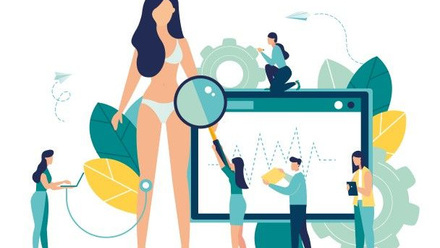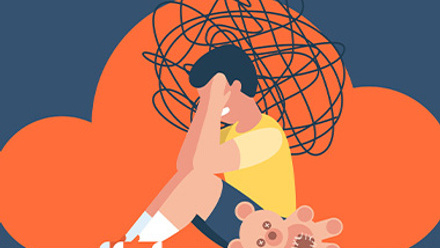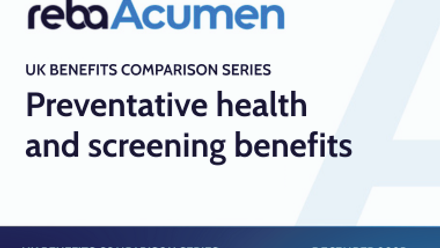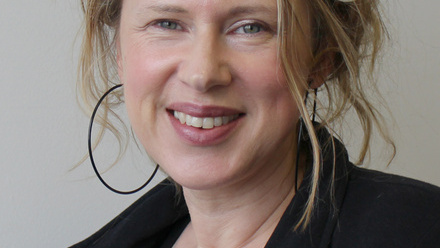ISO 45003: What it means for workplace mental health, your staff, and you

In 2018/19 (HSE’s most recent dataset with economic info), the cost of workplace injuries to British businesses was £5.6 billion. However, the UK’s annual bill for poor mental health at work is £45 billion.
And that’s before you even think about the human cost. If workplace health and safety isn’t taken seriously, employees could experience mental health problems. Lose a limb. Or worse.
So, to ensure every staffer stays safe and healthy, it’s vital you give equal attention to both physical and mental factors. And that’s exactly what ISO 45003 is about.
Health and safety, reborn
Published in June 2021, ISO 45003 provides a formal framework for how to manage and protect mental wellbeing at work. It plugs the gap in current workplace safety guidance on psychosocial hazards.
These, according to Unmind’s head of psychology, Heather Bolton, are “things that might impact employees’ psychological response to their work and workplace conditions”.
Bolton adds: “Examples include excessive workloads, tight deadlines, conflicting demands or a lack of control over ways of working. Just like physical risk factors, the accumulation of psychosocial risks can lead to poor health outcomes like stress, burnout or depression.”
While each businesses will consume and apply it’s recommendations differently, the content breaks down into three main themes:
- How work is organised
A bone-deep exploration of how we work. Looking at roles and expectations, job control, role demands, workload, working hours and job security.
- Social factors at work
Getting personal with the interpersonal (e.g. workplace conflict, lack of social support, poor working relationships), company culture, rewards and benefits. Some are clear risk factors – bullying and violence are objectively stressful – others like a disconnect between effort and reward, are much less so.
- Work environment
Hazards and stressors such as equipment that isn’t up to standard, a subpar environment and extreme working conditions.
ISO 45003 frequently asked questions
What does ISO stand for?
ISO stands for International Organisation of Standardisation. Based in Switzerland, it’s an independent, international, non-governmental body, that brings experts together to solve a wide range of global challenges. The ISO’s job is to define best practice, so the rest of the world can follow
How about the other ISOs – are any relevant here?
The new standard builds on the work of ISO 45001 – which outlines how to create safer working conditions – so you can observe these in tandem if you want to.
Are ISO 45003 guidelines mandatory?
No, it’s all voluntary, and just like 45001 you can get certified. This involves getting an independent third-party in, to check and sign off on your efforts.
What’s in it for organisations (and employees)?
If you like the idea of a healthier and happier workforce, then ISO 45003’s your friend. Properly managing these psychosocial risks can positively impact just about every crack and crevice of your organisation. Not only that – reverse the near-endless risks, and these are your many potential benefits.
Where do I start?
Reading ISO 45003 in full is a solid first step. The guidelines are granular, digging deep into all aspects of planning, operation, support, evaluation and improvement. If you’d like a hard copy, the full thing costs 188 Swiss francs (which, on the day of writing, is a cool $202.49 USD), although you can browse the standard online, for free.
Remember this isn’t a solo mission. Getting ISO 45003 right requires buy-in, support and action from all sorts of stakeholders.
The author is Sam Musguin-Rowe from Unmind.
This article was provided by Unmind.
Supplied by REBA Associate Member, Unmind
Our vision is to create a world where mental health is universally understood, nurtured&celebrated.







